On This Day...December 12th
Amazing photo of Task Group 38.3 entering Ulithi atoll on December 12th, 1944. From foreground to back, the ships are;
USS Langley (CV-27)
USS Ticonderoga (CV-14)
USS Washington (BB-56)
USS North Carolina (BB-55)
USS South Dakota (BB-57)
USS Santa Fe (CL-60)
USS Biloxi (CL-80)
USS Mobile (CL-63)
USS Oakland (CL-95)
On December 12, 1862, the USS Cairo, one of the Union Army’s first iron clad warships, struck a ‘torpedo’ detonated by hidden confederate volunteers and sank in 12 minutes. There were no casualties. A ‘City’ class ship, she was named after the city Cairo, Illinois.
Indian soldiers examine remains of a burned out Italian Savoia-Marchetti SM.79 in North Africa, December 12th, 1940.
US Navy aerial photograph of Pearl Harbor Navy Yard taken two years after the Japanese attack, 12 Dec 1943. Of special note is the USS Lexington (CV-16) in the new Drydock No. 4 at the very top of the photo. The Lexington was originally scheduled to be named the USS Cabot, but after the ‘Lady Lex’ CV2 was lost at the Battle of the Coral Sea, shipyard workers successfully campaigned to have have the name changed.
On 29 October 1989, with the Lexington in an active role as a training ship, a student naval aviator lost control of his T-2 training aircraft after an aborted attempt to land on the Lexy’s flight deck. The aircraft hit the island with its left wing, killing four crew members (including the pilot of the plane) and one civilian contract worker.
The ‘Blue Ghost’ (so named as the Japanese reported the Lexington as sunk so many times) is now a museum ship in Corpus Christi, Texas.
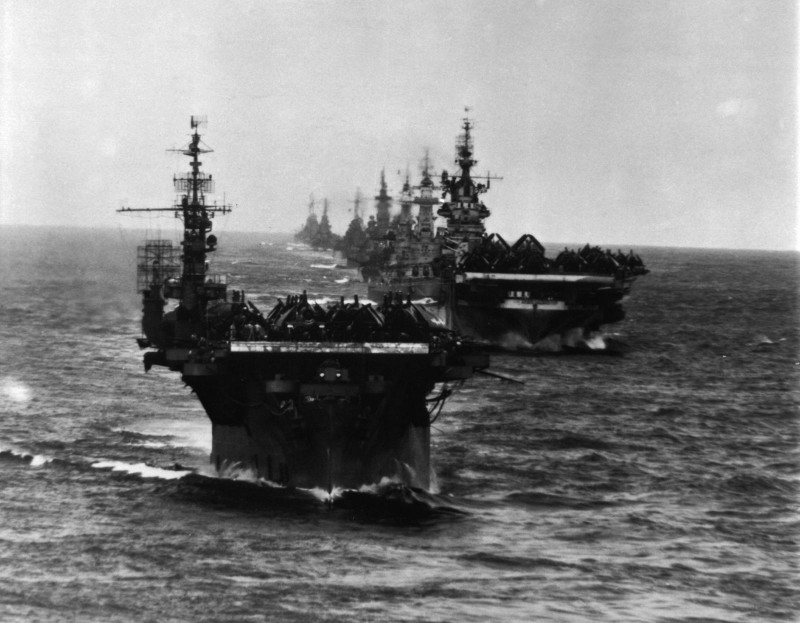
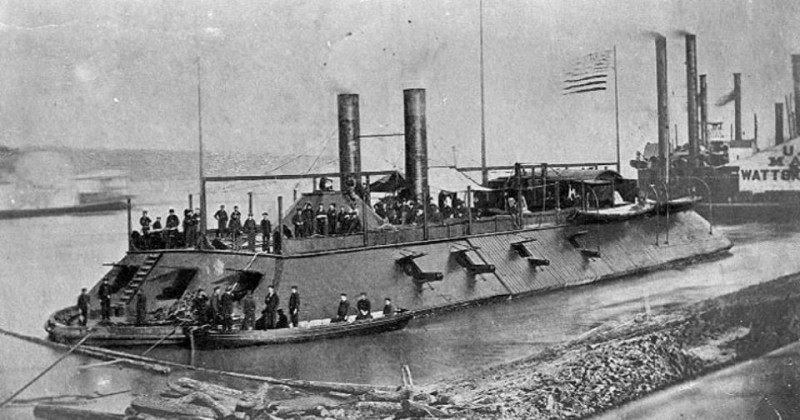
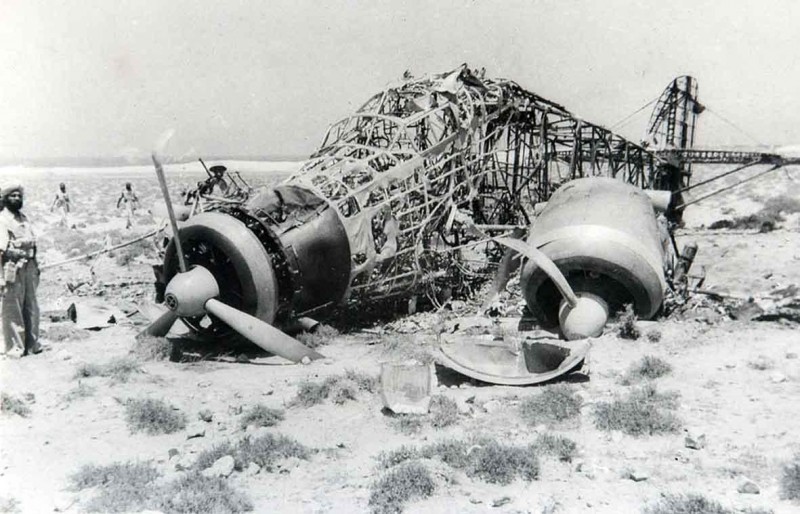
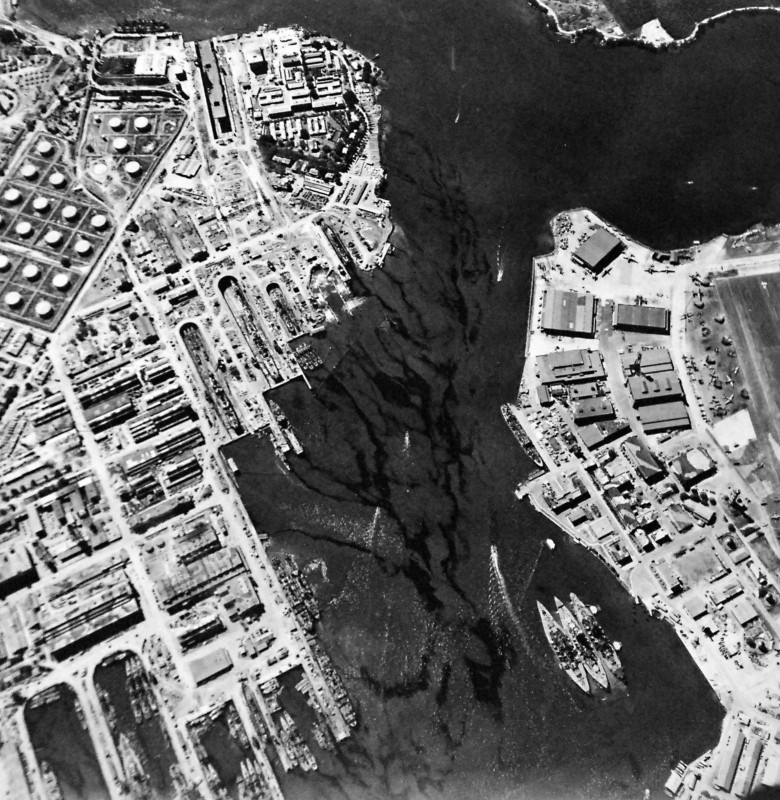

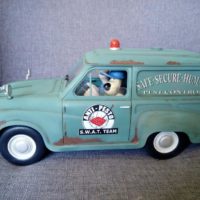
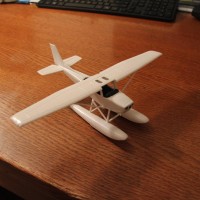
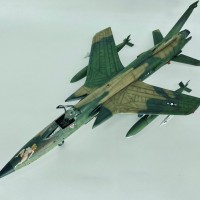
Buenas fotos y buenas historias ! Como siempre.
De nada, Julio, un placer.
David, for me your first photo and your last are both of similar genre: the glory days of U.S. industrial might, as reflected in her military forces. The Japanese knew of her potential, but thought the Americans too soft to actually fight the kind of war that WW2 ended up being; they were wrong about the latter, and underestimated the former. Indeed, few Americans realized how mighty the nation would become.
The last photo reveals a Pearl that no one would ever know had suffered such a terrible blow two years earlier. She is healthy, confident, and effective. The first pic shows some venerable ships from that early era (Ticonderoga, Pearl Harbor veteran South Dakota), but most were merely a twinkle in the shipyard's eye when the war broke out. Now they sail powerfully into Japan's backyard , ready to wreak havoc.
This from Wikipedia on Ulithi, emphasis mine...
Within a month of the occupation of Ulithi, a complete floating base was in operation. Six thousand ship fitters, artificers, welders, carpenters and electricians arrived aboard repair ships, destroyer tenders, and floating dry docks. USS Ajax had an air-conditioned optical shop and a metal fabrication shop with a supply of base metals from which she could make any alloy to form any part needed. USS Abatan, which looked like a big tanker, distilled fresh water and baked bread and pies. The ice cream barge made 500 US gal (1,900 l; 420 imp gal) a shift. The dry docks towed to Ulithi were large enough to lift dry a 45,000-ton battleship. The small island of Mog Mog became a rest and recreation site for sailors.
Fleet oilers sortied from Ulithi to meet the task forces at sea, refueling the warships a short distance from their combat operational areas. The result was something never seen before: a vast floating service station enabling the entire Pacific fleet to operate indefinitely at unprecedented distances from its mainland bases. Ulithi was as far away from the US Naval base at San Francisco as San Francisco was from London, England. The Japanese had considered that the vastness of the Pacific Ocean would make it very difficult for the US to sustain operations in the western Pacific. With the Ulithi naval base to refit, repair and resupply, many ships were able to deploy and operate in the western Pacific for a year or more without returning to the Naval base at Pearl Harbor.
A revelatory moment for me in my WW2 studies was when I read that George Marshall organized the U.S. military into three divisions: Army, Navy, and Supply. Your photos illustrate this fact brilliantly.
Mog Mog was infamous among sailors forced to go there for their spam sandwich and two (warm) beers libertys for the voracious sand fleas. Eventually most guys just stayed aboard ship (and learned how to distill "torpedo juice"). Unlike those in the European Theater, who got leaves to go to actual cities, those in the Pacific spent up to two years staying aboard ship. The US Navy I served in was far closer to the WW2 navy (80% of the ships had served in the war), and I can testify that life aboard ship with WW2 "amenities" was no picnic. Not at all.
Thank you, David. There’s often a method in the placements of these posts, juxtaposing some photos and others complementing each other. Gratifying to see you pick up on this.
Hope all’s well with you, brother!
VERY interesting post you've started, David ... and history added to, David.
OK - this is too hard ... too many Davids to comment about! LoL!
Army, Navy, and Supply - that works!
Thank you, Jeff. David, your comment about the ice cream reminded me of the airman’s ‘ransom’ - any time a ship rescued a pilot from the water the cost to the flyer’s home ship was the airman’s weight in ice cream.
Not quite David. The "ransom" was 10 gallons of ice cream per aviator. About enough to give everyone aboard a destroyer a small bowl with two scoops. (You really gotta read Pacific Thunder and Tidal Wave. 🙂 )
Tom, read Pacific Thunder, AND the Fabled Fifteen (and Stafford’s ‘Big E’) - just plain got my facts mixed up!
Excellent set of pictures David LS. Thanks for your highlight Dr. David A. Thomas, or how to capture the essence of all those years of pacific war and the whys of its eventual outcome in a few sentences!
You are most welcome, Michel.
Good one today, David. Here's my addition:
The USS Cairo (pronounced Kay-roh according to everyone in the area who corrected my accepted pronunciation) was the lead ship of the "city class" gunboats and was named for the city of Cairo, Illinois. All seven gunboats of the class were named for cities along the Mississippi River, this is the sole survivor.
Her wreckage was discovered in 1956 and the ship was raised in 1964. After restoration of the salvageable parts, the ship was placed on display in the Vicksburg National Military Park, where it can be seen today. She is a stern paddle wheeler, steam powered and is armed with 13 heavy guns, a mix of smoothbore and rifled weapons. We visited the ship this past summer. It's an amazing experience to stand on the decks gazing at the original steam engine and drive system, while the arrangement of iron plating and thick oak wood armor is quite different from anything modern. Some of the armor were rails pilfered from destroyed railroad lines. An adjoining museum building displays artifacts from the ship.
I would heartily recommend a visit to the Vicksburg National Military Park if you are a Civil War buff, and even if you're not. Not sure how big the park is, but it's a driving tour through about 16 miles of road and takes about two days to see it all.
https://www.nps.gov/vick/u-s-s-cairo-gunboat.htm
https://www.nps.gov/vick/index.htm
https://en.wikipedia.org/wiki/USS_Cairo
3 attached images. Click to enlarge.
Fantastic work, Jaime, and really appreciate the follow up leads to read. Thanks for supporting, and adding to, the series.